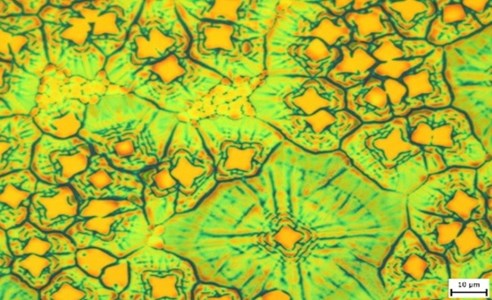
2D materials are fascinating emerging materials with amazing features for an exhaustive range of fields. Tuning of the material’s properties is crucial to unlock the potential for each particular application. It can be realized by several methods, among which covalent chemical functionalization provides unlimited pool of species to be grafted onto the surface. These species inherently modify the material and also introduce moieties which offer new functionalities to the material.
Functionalization of graphene is one of the most efficient methods allowing modification of its properties what may broaden the range of its applications. It has been already found that the hydrogenation of graphene leads to the opening of the bandgap, enhancement of the spin-orbit coupling and appearance of the magnetic moment.
Moreover, the prior hydrogenation of graphene can open the possibility for its further functionalization with compounds that do not react with pristine graphene.
We are developing approaches for covalent functionalization of graphene, MoS2 and related materials. We have demonstrated successful attachment of molecules by three mechanistically different protocols: radical C-C bond formation, nucleophilic exchange on fluorinated graphene, and electrophilic substitution of partly hydrogenated graphene. These three methods are orthogonal in terms of processing and compatibility with functional chemical groups.
- Drogowska, K.; Kovaříček, P.; Kalbáč, M. Chem. Eur. J. 2017, 23 (17), 4073–4078. DOI: 10.1002/chem.201605385
- Plšek, J.; Kovaříček, P.; Valeš, V.; Kalbáč, M. Chem. Eur. J. 2017, 23 (8), 1839–1845. DOI: 10.1002/chem.201604311
- Kovaříček, P.; Bastl, Z.; Valeš, V.; Kalbáč, M.Chem. Eur. J.2016, 22 (15), 5404–5408. DOI: 10.1002/chem.201504689
- Drogowska K.; Kovaricek, P.; Kalbac, M. Chem. – A Eur. J., 2016, 23 (17), 4020–4227. DOI: 10.1002/chem.201605385